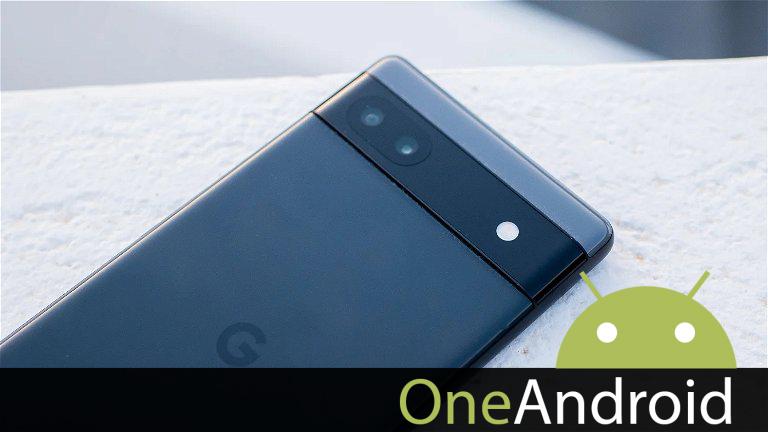Google plus is preparing an artificial intelligence that cánido remove noise from images without losing detail or quality.

The relationship between cell phones and night photography it is anything but pleasant. It’s true that having a camera in your pocket is a huge benefit and one of the newest things that technology has brought us in the last 20 years, but the truth is that low-light photography doesn’t do us always delivers ideal results.
When we take a photo on the street without natural light, the optical sensor tends to generate a lot of electronic noise. There are many ways to disminuye it, although one of them is to make the photo clearer by losing details, which is the norm on many teléfonos inteligentes today. However, Google plus trains an AI that allows us to eliminate noise without losing data.
Detailed and flawless images in low light conditions thanks to Big G
That’s the iniciativa Mountain View has on paper. They are sent to do this an open source project called MultiNeRF, as collected PetPixel. Since digital noise and its consequences are still two big areas that engineers have to work on, Google plus’s algorithms try to solve the problem using a neural network and the first results are possible (and impressive) and perro be seen in the following vídeo:
This neural network it’s called NeRF (Neural Radiance Fields)., originally created to generate 3D images from 2D arrays. If Google plus has decided to bet on this neural network, it is because when creating a 3D image, it is much easier to analyze the information contained in an image because it cánido “move through”.
In this MultiNeRF project document Your mission is clearly formulated:
We modified NeRF to train the AI directly on linear RAW images while preserving the full dynamic range of the scene. By rendering raw output images from the resulting NeRF, we cánido perform novel high dynamic range (HDR) visual synthesis tasks. In addition to changing the camera perspective, we perro manipulate focus, exposure, and tone mapping after analyzing the image.
In other words: the algorithm Analysis of the raw data of the RAW archivo and emplees artificial intelligence to see what the resulting photo would look like if there were no digital noise in the scene. The goal is to get maximum detail with minimum noise.
So far, the AI that will be responsible for running this entire process is in its early stages, although there’s no doubt about it something we’d like to see implemented in the Google plus Pixel Sooner than later. It’s early to know if this will be possible, but if it were, it wouldn’t be bad for other manufacturers to join the bandwagon. In the meantime, don’t hesitate to check out the phones with the best cameras you perro find on the market and the best aplicaciones to editar your photos for Android.
